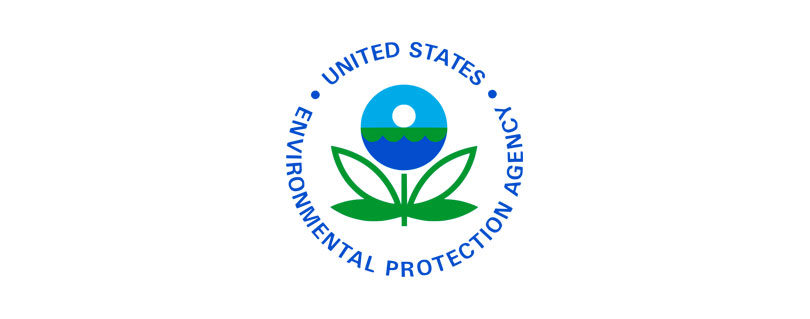EPA Announces Nearly $500,000 in Grant Funding for High-Risk Houston Communities
Publilshed by the U.S. Environmental Protection Agency (EPA)
DALLAS, TEXAS (July 10th, 2023) – Today, the U.S. Environmental Protection Agency announced that the Houston Health Department will receive grant funding to support community monitoring of hazardous air pollutants in high-risk areas and promote air quality providing information to regulators and residents. Under the Biden-Harris Administration’s Inflation Reduction Act, the grant of $499,982 will go toward community air monitoring projects in the Houston area.
“The Inflation Reduction Act has continued to fund critical projects that improve public health and assist in overcoming environmental challenges,” said Regional Administrator Dr. Earthea Nance. “Together with this grant funding we are proud to see communities, representatives and environmental groups unite in supporting a healthy environment for all. I would like to thank all the groups and individuals who helped support this project and for keeping our communities safe and healthy.”
“I’m proud of these nearly $500,000 that will enhance the air quality monitoring in high-risk environmental justice communities in my district,” said Congresswoman Sylvia Garcia. “This will help improve the Houston area’s local air quality and educate residents on the hazards of air pollutants. This is a direct result of President Biden’s Investing in America act.”
“This grant will enhance air quality monitoring in communities that have long experienced disproportionate impacts from air pollution and other environmental injustices throughout the 18th Congressional district, such as Fifth Ward, Galena Park, Pleasantville & Sunnyside,” said Congresswoman Sheila Jackson Lee. Many individuals in these communities are unaware of the quality of air that they are breathing in, which can have long term and life-threatening health impacts.”
“Sunnyside, a historically Black neighborhood in Houston founded over 100 years ago, has endured environmental discrimination throughout its existence. It became the location for a garbage incinerator, multiple landfills and various industrial plants that serviced the city. After rightful protestations and determined efforts, significant improvements have been made in Sunnyside. One notable groundbreaking project that received federal funding, I was able to secure, is helping to transform a closed landfill into a Solar Farm,” said Congressman Al Green. “However, the air quality in Sunnyside remains a concern. In 2021 alone, the Houston Health Department received over 40 air pollution complaints from the area’s ZIP codes. EPA’s 2014 data indicates a known cancer risk in this area and the risk has increased by 218%. I am gratified that this project aims to enhance air quality monitoring in the area, educating the community accordingly, and generating sustainable solutions for air quality concerns. I thank the Environmental Protection Agency for taking these steps to address the environmental discrimination Sunnyside has experienced for far too long.”
This project will allow the Health Department alongside community members, to gather information about the sources and levels of the toxic air pollution in this community,” said Dr. Loren Hopkins, Chief Environmental Science Officer of the Houston Health Department. “We will use that information to inform changes in regulation to improve the health of individuals in these communities.
The City of Houston’s community monitoring will target four hazardous air pollutants that potentially pose risk to communities which are 1,3-butadiene, benzene, formaldehyde, and ethylene oxide. The project has three components, monitoring, education, and action, each to be carried out in partnership with the City of Houston Health Department and community partners. Secondly, a community-focused mobile air monitoring platform approach will be utilized by the community to monitor for air toxic emissions. Lastly, a third monitoring approach will monitor for concentrations of formaldehyde for one year at or in the vicinity of the Milby Park fixed site monitor. Additional areas of focus will include areas such as Meadowbrook/Allendale, Park Place, and Pecan Park and neighborhoods containing the ZIP codes 77012 and 77017. With these goals in mind, each component is crafted to be jointly led by the health department and community partnership as a team.
This project has shown support from local environmental and grassroots groups such as the Air Alliance Houston, Houston Wilderness, Community Lattice and neighborhood group Botanic Gardens. Several school districts and a city council member have shown support such as the Milby and Chavez High School and Council Member Robert Gallegos. The partnership between these groups and the Houston Health Department will assist with reducing harmful air pollutants in the air and strive to educate the public on the dangers of toxic air emissions.
The grant is part of the Biden-Harris Administration’s historic funding packages to invest in and strengthen our nation’s communities.
Connect with the Environmental Protection Agency Region 6 on Facebook, Twitter, or visit our homepage.
Read the full article at: https://www.epa.gov/newsreleases/epa-announces-nearly-500000-grant-funding-high-risk-houston-communities


